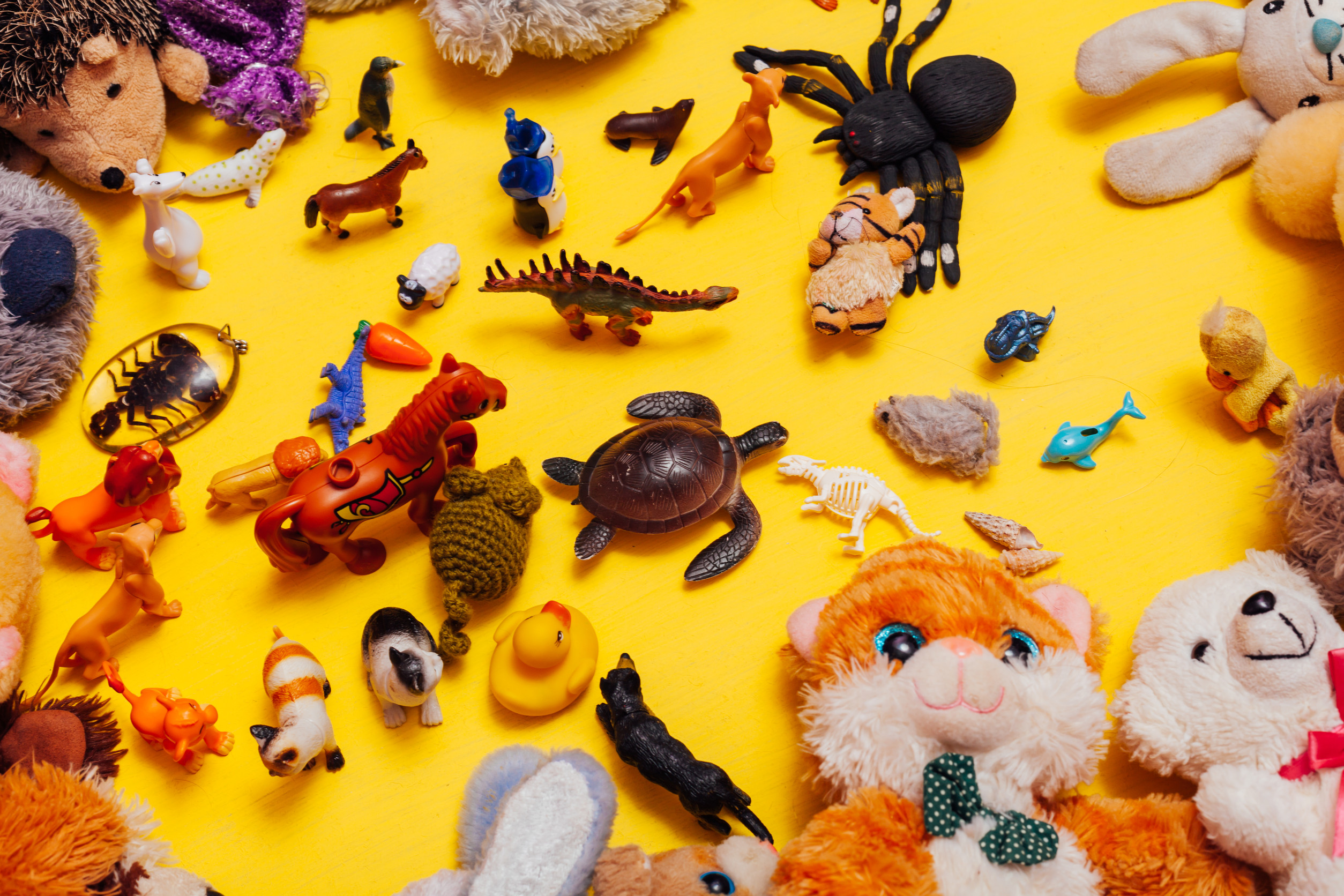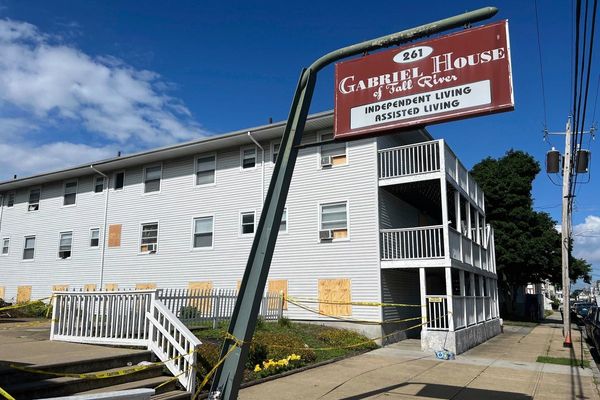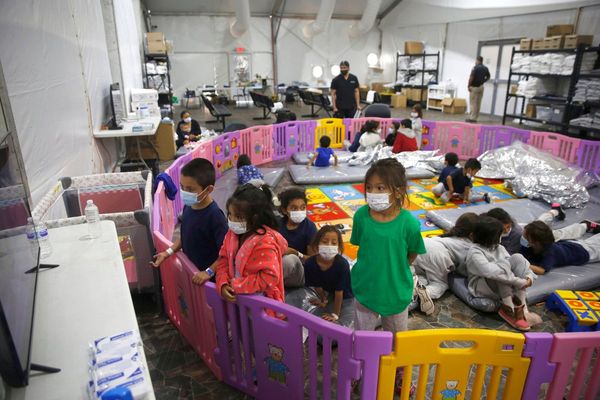Your child’s bedroom should be a place of rest, safety, and creativity—but certain everyday items might be quietly putting them at risk. From fire hazards to health concerns, there are some things never to keep in your child’s room if you want to maintain a secure, peaceful environment. While some objects may seem harmless on the surface, they can cause issues with sleep, breathing, focus, or physical safety. Being mindful of what stays in their space is one simple way to protect their well-being. Let’s walk through 10 things that are better off stored elsewhere.
1. Plug-In Air Fresheners and Scented Candles
Fragrance products may make a room smell nice, but they often release chemicals that can irritate sensitive lungs or trigger allergies. Some plug-in air fresheners and candles contain volatile organic compounds (VOCs), which aren’t ideal for enclosed spaces. Children breathe more rapidly than adults, which increases their exposure. Even unscented candles pose a fire risk, especially in rooms with curtains or stuffed animals nearby. Fresh air and a clean room are safer ways to keep things smelling sweet.
2. Charging Devices Overnight
Phones, tablets, and even toy chargers may seem fine to leave plugged in overnight, but they can overheat and pose a fire hazard. Beyond that, the blue light from screens can disrupt your child’s sleep, even if the devices aren’t actively being used. Kids may also be tempted to sneak screen time after lights-out. Charging devices in another room encourages better sleep habits and cuts the risk of overloading outlets. It’s a small change that makes a big impact.
3. Heavy Wall Decor Over the Bed
A framed poster or shelf might look cute above the bed, but it’s one of those things never to keep in your child’s room—especially in earthquake zones or homes with bunk beds. These items can fall during the night or when bumped by rowdy play, causing injury. Lightweight fabric wall hangings are a safer decorative option. If you do hang anything, ensure it’s securely mounted and not directly over the sleeping area. When it comes to safety, lighter is better.
4. Small Toys for Young Kids
If you have more than one child sharing a room, it’s easy for choking hazards to make their way into a younger sibling’s space. Small building blocks, marbles, or pieces from older kids’ games can endanger toddlers or preschoolers. Keep a separate storage area for age-appropriate toys and teach older children to clean up after play. Accidents can happen quickly, especially when a baby or toddler finds something shiny or chewable. Rotating toys regularly can help reduce clutter and improve safety.
5. Space Heaters Without Auto Shut Off
Portable heaters seem like a cozy winter solution, but without built-in safety features, they can overheat or start fires. Kids may also place toys, blankets, or clothes too close, blocking airflow or creating a fire risk. If you must use one, choose a model with tip-over protection and a timer or auto shut-off. Place it far from beds and curtains and never leave it running overnight. Room temperature can be managed more safely with central heat and layered pajamas.
6. Excess Pillows and Plush Toys
Too many stuffed animals or pillows can clutter a child’s sleep space and become a suffocation hazard for infants and toddlers. Even for older kids, excess clutter on the bed can interfere with posture and sleep quality. Limit plush toys to a few favorites and store the rest in a bin or on a shelf. Clean them regularly to avoid dust buildup and allergens. A clear bed makes it easier for kids to fall asleep and wake up feeling refreshed.
7. Cleaning Supplies or Scented Detergents
It might be tempting to keep a bottle of spray cleaner or laundry detergent in the closet for quick touch-ups, but these should always be stored out of reach. Many cleaners contain toxic ingredients and are dangerous if ingested or spilled. Even laundry products labeled as “gentle” can trigger allergies or skin issues when used in confined spaces. Stick to non-toxic, fragrance-free options and keep all chemicals in a secured cabinet outside the bedroom. Safety beats convenience every time.
8. Breakable Lamps and Glass Items
That cute glass lamp or decorative jar might seem fine until it gets knocked over during playtime or a late-night trip to the bathroom. Broken glass in a carpeted room is hard to spot and dangerous for little feet. Choose shatterproof lighting options, especially for nightstands or desks. Soft lighting options like silicone LED lamps are safer and often more fun for kids anyway. When in doubt, go with materials that can take a tumble.
9. Pet Beds or Litter Boxes
If your child shares their room with a pet, it’s important to set boundaries. Litter boxes and dog beds bring in odors, allergens, and bacteria that can impact your child’s health and sleep. Pet dander can also aggravate asthma or allergies, especially in tight spaces. Keep pets close, but their messes and bedding in a different room. Your child’s room should be a place for clean sleep—not constant sniffles.
10. Old or Recalled Furniture
Hand-me-down furniture may save money, but it can hide risks like loose screws, lead paint, or tip-over hazards. Always check for recalls before using cribs, dressers, or beds from previous generations. Furniture without anchors or safety straps can topple when climbed or bumped. A quick inspection and minor upgrades can make a big difference in safety. Outdated furniture is one of those quiet things never to keep in your child’s room if it’s not up to today’s standards.
A Safe Room Starts with Smart Choices
Creating a safe sleep and play space doesn’t mean sacrificing comfort or personality—it just means being intentional with what stays and what goes. Many of the things never to keep in your child’s room are small changes that make a big difference in their health and safety. A clutter-free, toxin-free, and hazard-free room supports better sleep, fewer accidents, and peace of mind for you. Keep it simple, keep it safe, and your child’s room will truly be their sanctuary.
What’s one item you removed from your child’s room for safety’s sake? Share your experience and tips with other parents in the comments below.
Read More:
Think Before You Speak: 10 Things Never to Say to Your Kids
7 Things You Should Never Buy for Your Kids – But Everyone Does
The post Hidden Hazards: 10 Things Never to Keep in Your Child’s Room appeared first on Kids Ain't Cheap.








